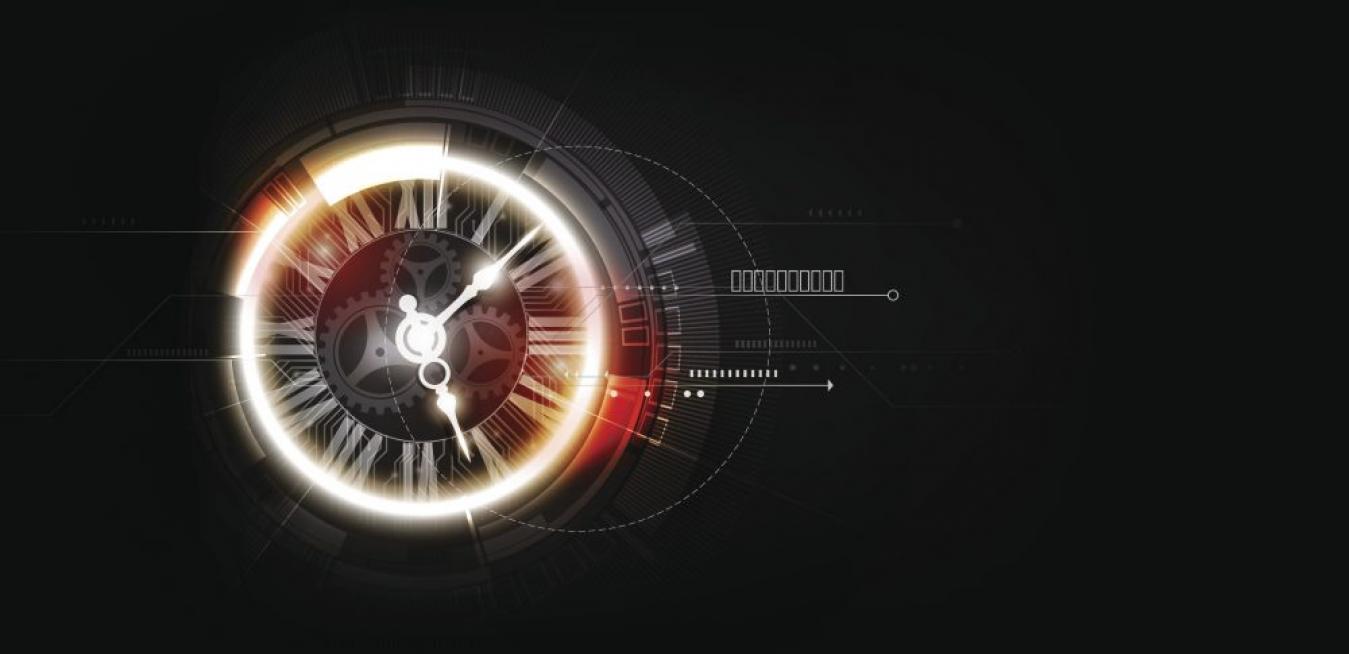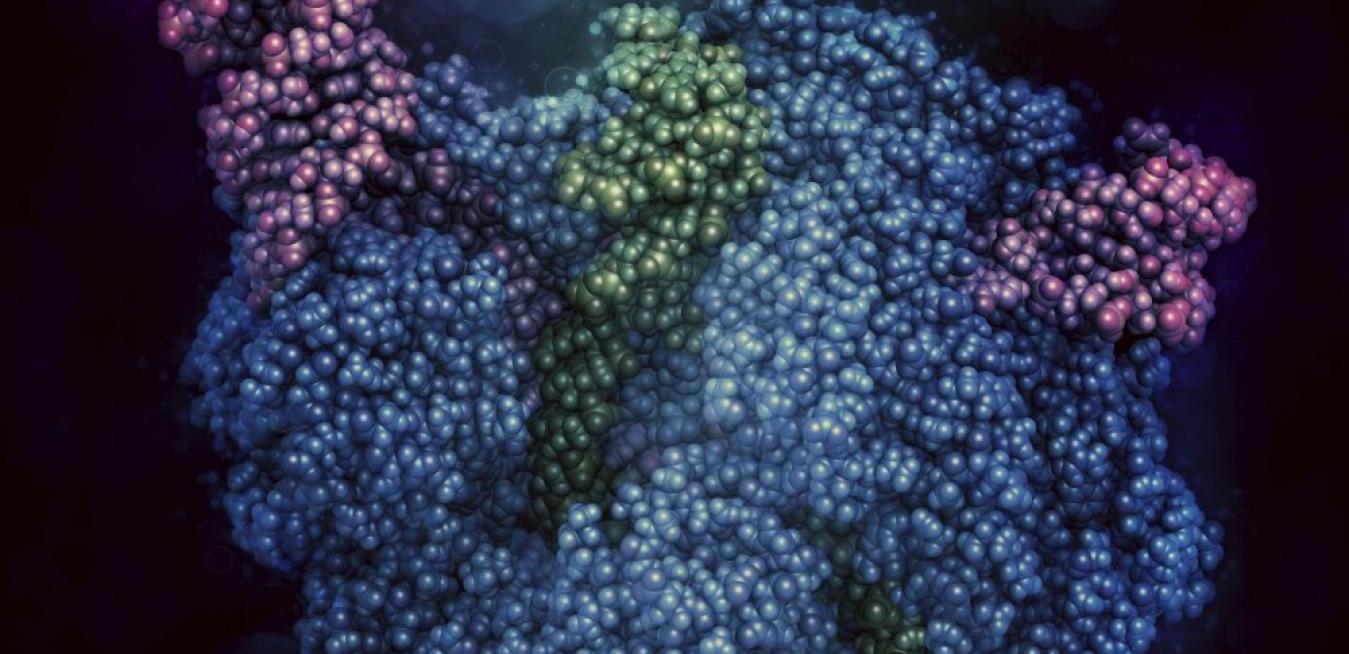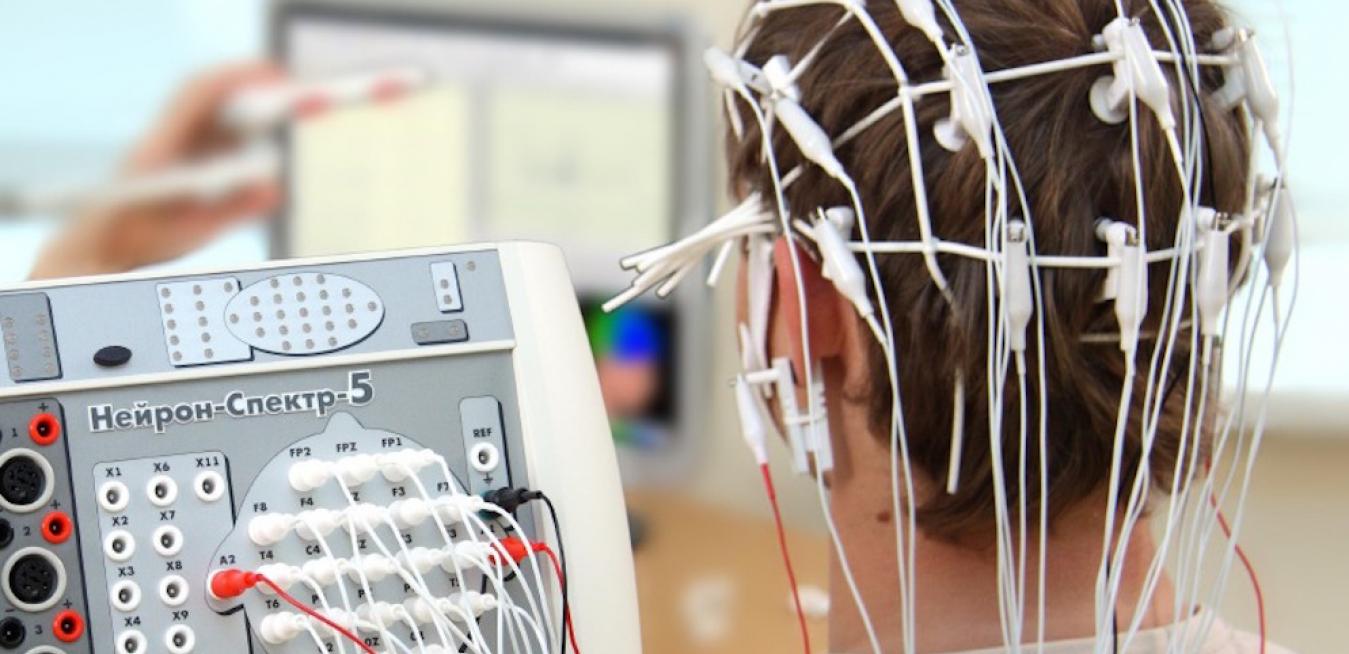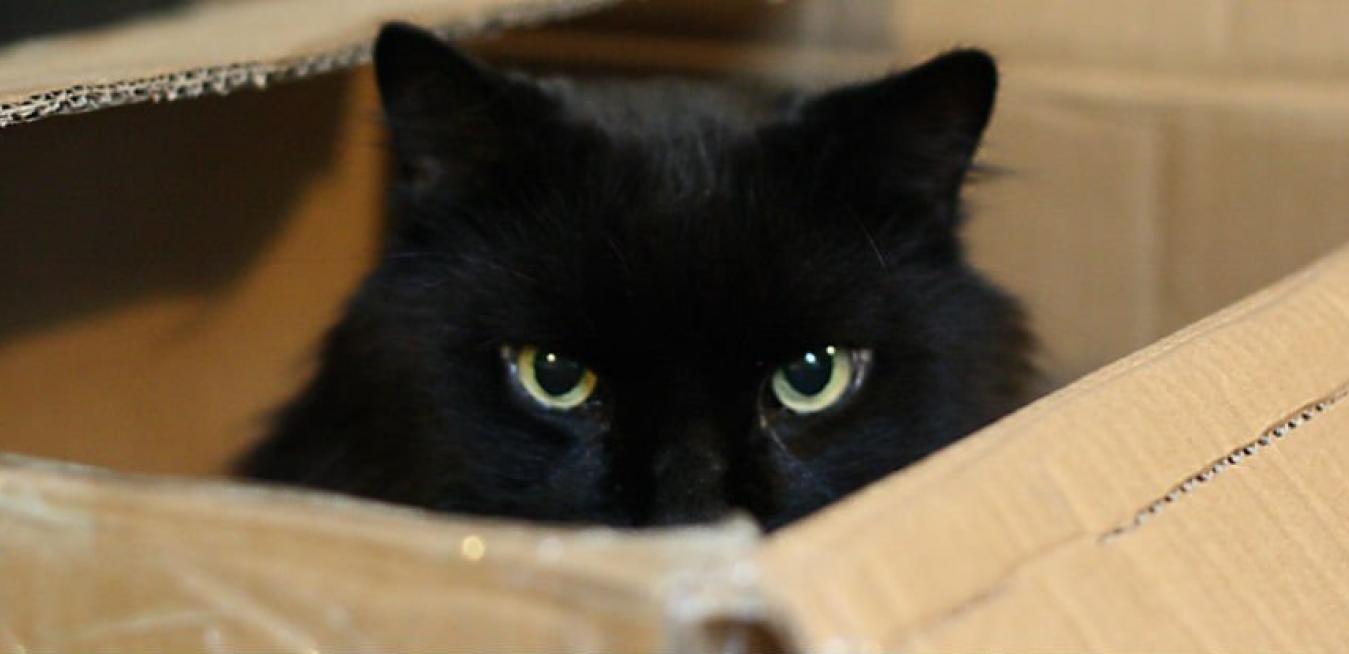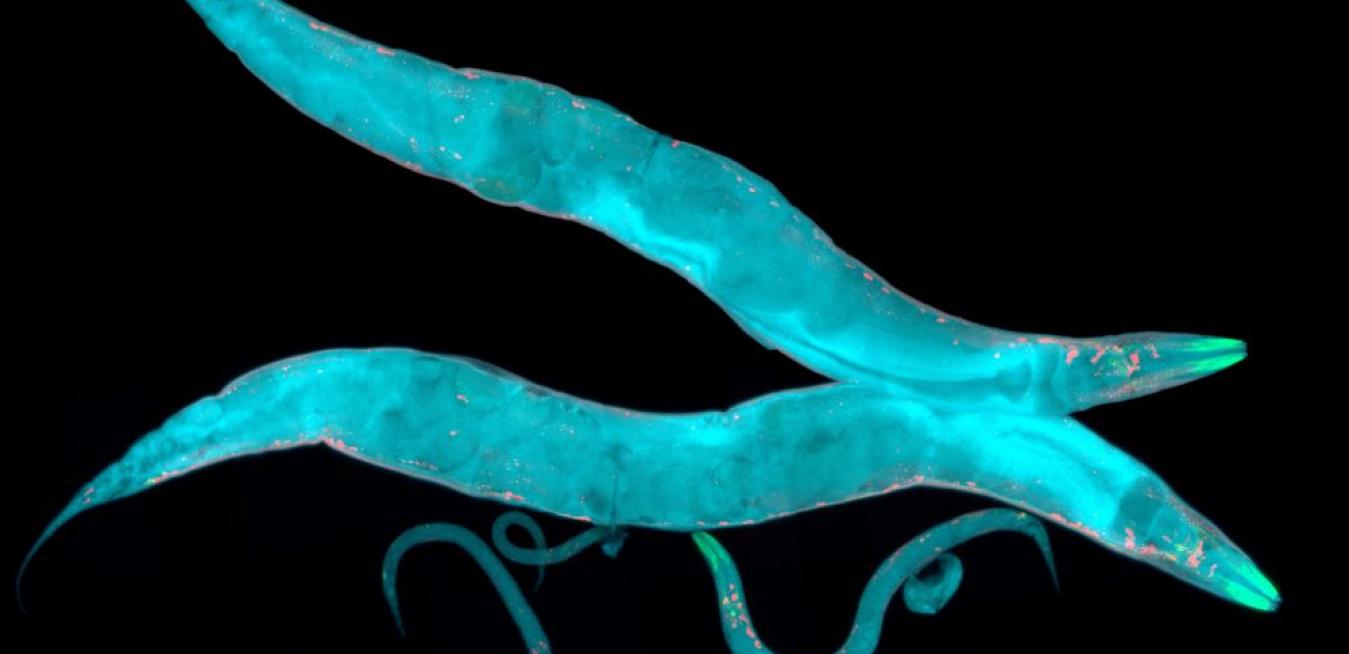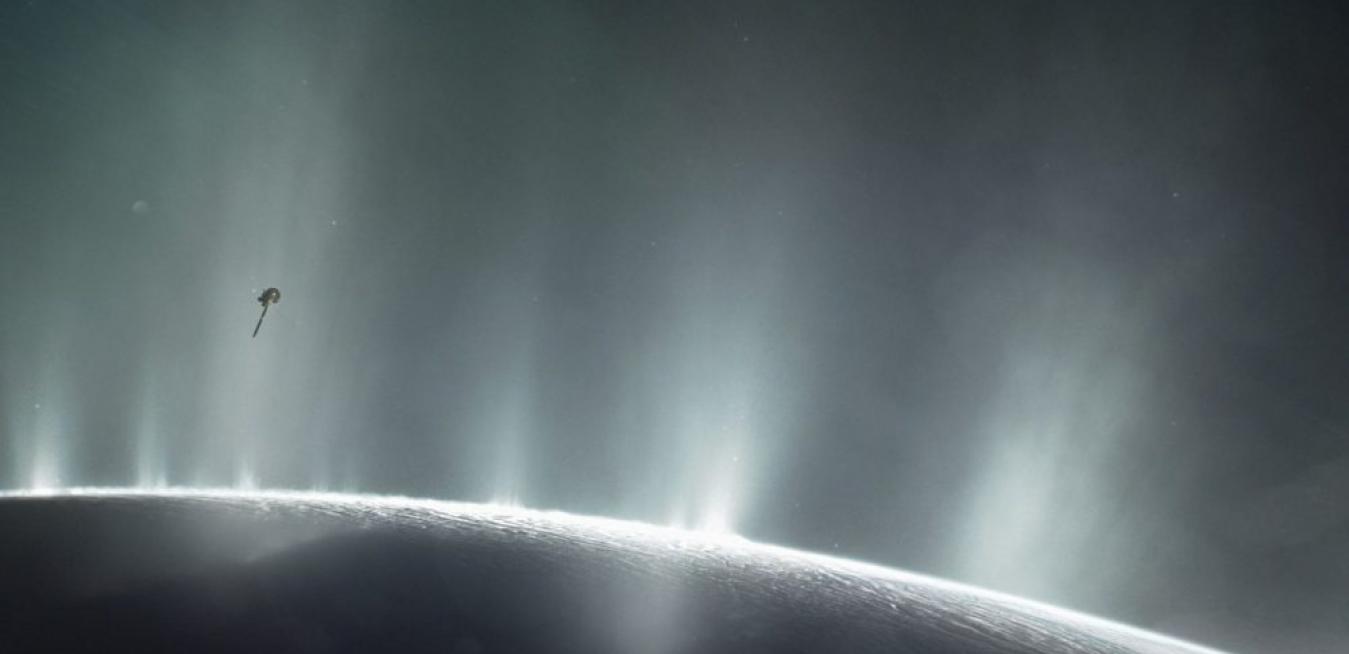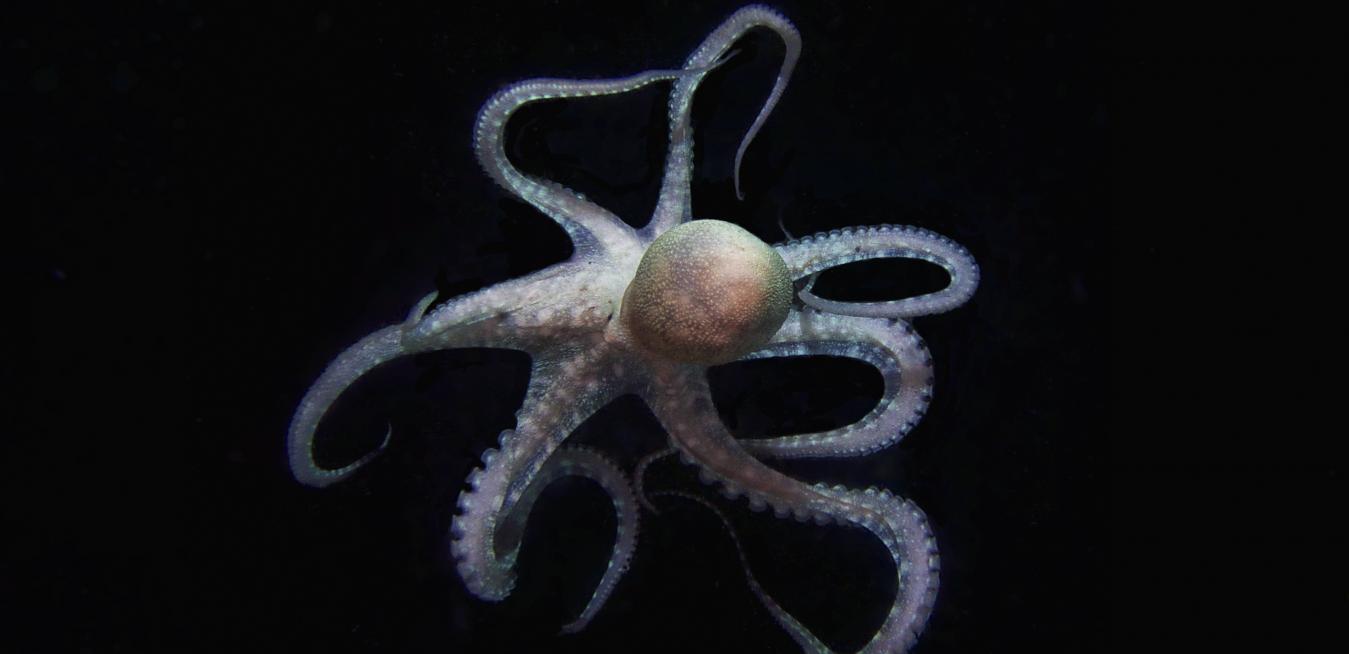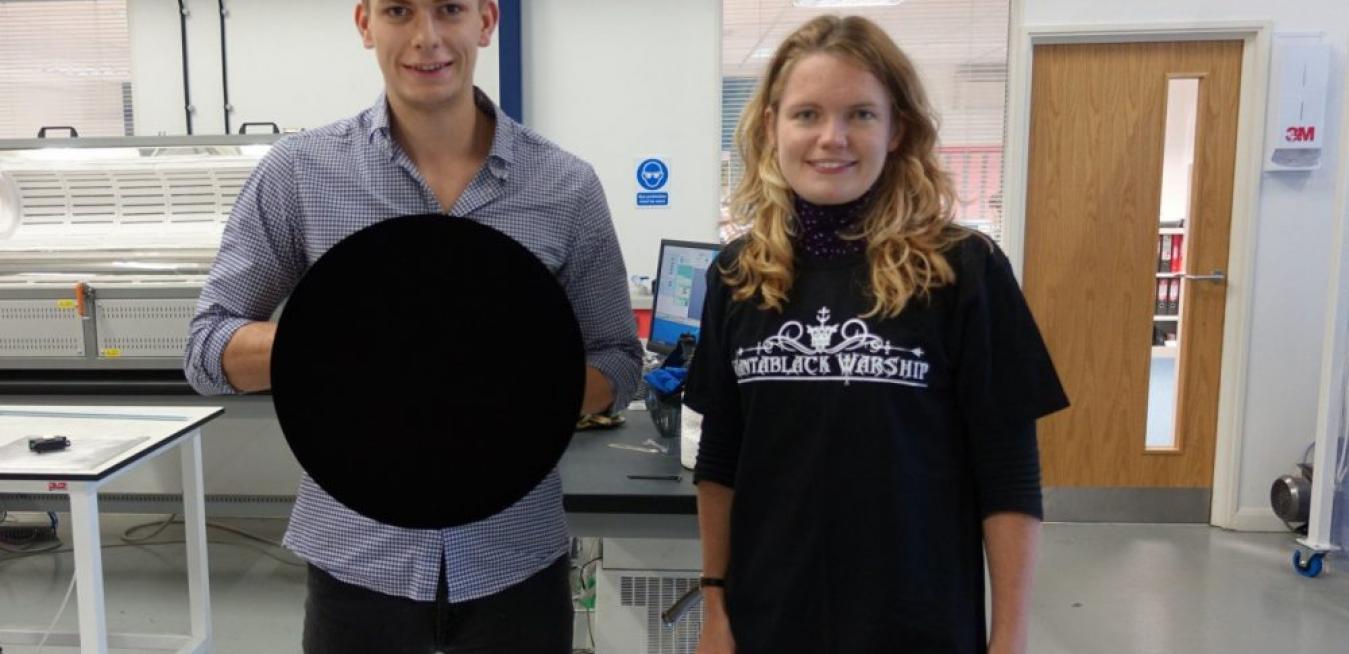It's been 80 years since the Golden Gate Bridge opened to San Francisco traffic. While technology has advanced, the beloved landmark's upkeep costs remain high – is there a better way to span this strait? Engineers from West Virginia University give their take on potential materials and tech.
Ever since the Golden Gate Bridge opened to traffic on May 27, 1937, it’s been an iconic symbol on the American landscape.
We've learned so much already.
1. Lungs don't just facilitate respiration - they also make blood. Mammalian lungs produce more than 10 million platelets (tiny blood cells) per hour, which equates to the majority of platelets circulating the body.
CRISPR (pronounced “crisper”) is a powerful technique for editing DNA. It has received an enormous amount of attention in the scientific and popular press, largely based on the promise of what this powerful gene editing technology will someday do.
If they can continue to breed their 'cats' even bigger, the experiment could finally reveal the exact point at which objects switch between classical and quantum physics - the divide between the microscopic and macroscopic worlds that physicists have been chasing for decades.
Brain-computer interfacing is a hot topic in the tech world, with Elon Musk's announcement of his new Neuralink startup. Here, researchers separate what's science from what's currently still fiction.
They edit their own genes!
Just when we thought octopuses couldn't be any weirder, it turns out that they and their cephalopod brethren evolve differently from nearly every other organism on the planet.
In a surprising twist, scientists have discovered that octopuses, along with some squid and cuttlefish species, routinely edit their RNA (ribonucleic acid) sequences to adapt to their environment.
Seriously, that's not Photoshopped.
Well, we've finally cracked it. Scientists have finally figured out how to paint a portal to another dimension, as prophesied by Loony Tunes' the Roadrunner. Who wants to try driving a (very small) truck right through that gaping void circle?






